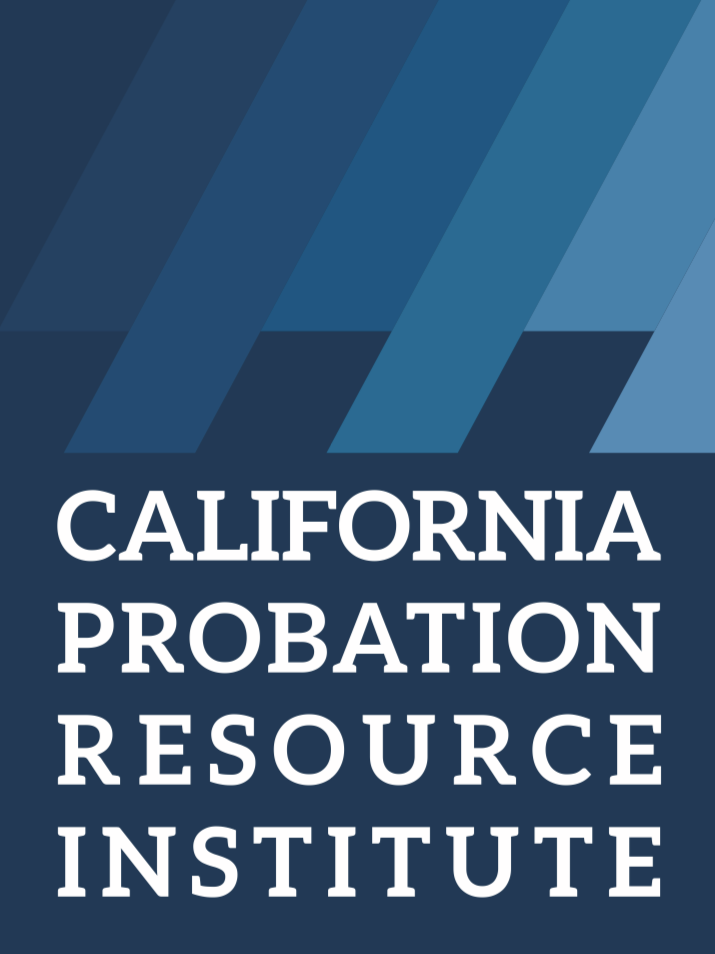SACRAMENTO, Calif. (February 28, 2022) – The California Probation Resource Institute (CaPRI), in collaboration with the University of San Diego, announced the release of its commissioned juvenile justice report by respected experts Jessica Heldman, Professor in Residence in Child Rights at the University of San Diego School of Law, and Melanie Delgado, Senior Staff Attorney at the Children’s Advocacy Institute at the University of San Diego. The report, entitled “The Evolution of Juvenile Justice and Probation Practices in California,” outlines how juvenile justice in California has changed over the past 25 years. It tracks how state law and funding allocations, as well as other policy and practice drivers, have influenced these changes and provides key considerations for the continued evolution of juvenile justice in California.
The California juvenile justice system is comprised of a variety of entities including juvenile courts, county probation departments, and, until June 30, 2023, a state agency providing secure confinement for the most serious offenders. County probation departments have long been responsible for the majority of the juvenile justice population, as almost every juvenile who comes into contact with law enforcement through arrest will interact with their local county probation department to some degree – with 90% of youth being safely served in the community. The report notes, “Local responsibility for juveniles has increased over the past twenty-five years, with additional expansion resulting from the upcoming closure of the state’s Division of Juvenile Justice [DJJ]… As these state priorities and local probation practices have evolved, arrest and detention rates have continued to decrease… the policy and practice developments of the past 25 years correspond with a significant decrease in juvenile offending and incarceration.”
Click here to read the full press release.
